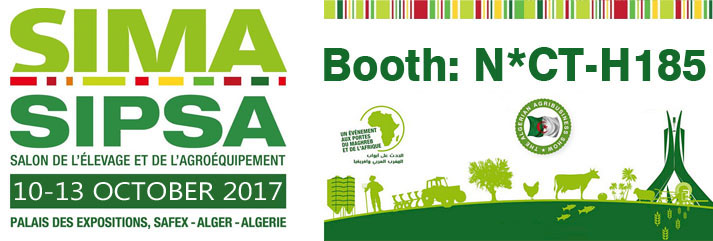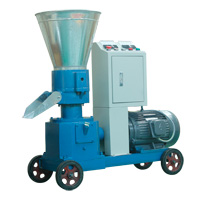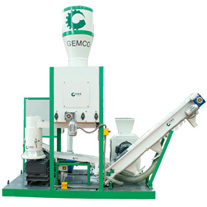

wood pellet manufacturing equipment
Wood pellet manufacturing equipment is now popular in many countries. Its popularity owes to the decreasing of fossil fuels like coal, natural gas and petroleum, as well as people’s awareness of environmental protection. We know that the burning of fossil fuels harm the air, but biomass fuel turns to be much more environmental friendly and also renewable, since biomass includes plants that grow every year. As a result, more and more countries tend to use renewable biomass fuel instead of fossil fuels.
Wood, which derives from trees, is the most widely used raw material for making biomass pellets fuel. At the same time, wood pellet is also the most efficient kind of fuel pellets compared to pellets made from other raw materials (like straw, stalk, etc.). Different countries have their own wood species. Here let’s learn together about different wood species in different countries and also their needs.
-
United States (USA): Red maple, loblolly pine, sweetgum, while oak, lodgepole pine, etc. are the most common tree species in America. And U.S. is the largest wood pellet exporter in the world. Most of the pellets are loaded on ships that bound for Europe, where the wood pellets are used in power plants or home heating.
In fact not only big pellet making plants can be established, small workshops are also profitable to run. As a result, wood pellet manufacturing equipment that produces less than 1000kg per hour is quite popular in United States. And those investors often choose wood pellet machine manufacturers from China, since their pellet mills are not only cheap, but also in good quality and high cost-effectiveness.
-
 Canada: Dogwoods, order cornales, order fabales, birches and beeches, etc. (may not be so exact.) Canada may be the second largest wood pellet manufacturer in the world. It is also one of the main wood pellet exporters that export pellets to European countries. But statistics in 2014 show that the demand of wood pellets in Europe deceased, while in Asia it increased, especially in Korea. So Canada still has its great wood pellet manufacturing potential. And wood pellet manufacturing equipment is still hot sale.
Canada: Dogwoods, order cornales, order fabales, birches and beeches, etc. (may not be so exact.) Canada may be the second largest wood pellet manufacturer in the world. It is also one of the main wood pellet exporters that export pellets to European countries. But statistics in 2014 show that the demand of wood pellets in Europe deceased, while in Asia it increased, especially in Korea. So Canada still has its great wood pellet manufacturing potential. And wood pellet manufacturing equipment is still hot sale. -
UK: Ash, Aspen, beech, birch, elm, lime, oak, pine, etc. UK is one of the largest wood pellet consumers in the world because of its strong environmental protection awareness and strict regulations on fuels. Although there are many pellet manufacturers domestically, its own production still cannot meet demand. But in recent years, more and more wood pellet manufacturing plants are established to compensate import.
Other European countries are the like.
- Turkey: Juniperus, olive, picea orientalis, quercus, etc. Turkey now aims to benefit from biomass energy, especially biomass pellets fuel. It is reported that 3 large biomass facilities will open this year to supply the nation’s power consumption. It is an emerging market for wood pellets compared to other European countries as Germany, France, etc.
- Vietnam: White pine, dipterocarpus, ebony, teak, palms, oak, mangroves, and bamboos, etc. (but palm fiber instead of palm tree is often the raw material for biomass pellet making.) Vietnam is a main pellet manufacturing country in recent years. It primarily buys equipments from China.
- Malaysia: Acacia, Albizia saman, oil palm tree and fruit trees. It is also an emerging wood pellet manufacturing country in recent several years. Many pellet plants are invested by Korean invstors, and their pellets are shipped to Korea when produced.







